OVERVIEW
The overall market size for pharmacy automation is expected to hit USD 6.2 billion by 2024, rising over the forecast period at a CAGR of 8.11%. Market growth can be due to the increasing need to reduce product mistakes, rapid pharmaceutical decentralization, growing geriatric population, and increaing labor costs.
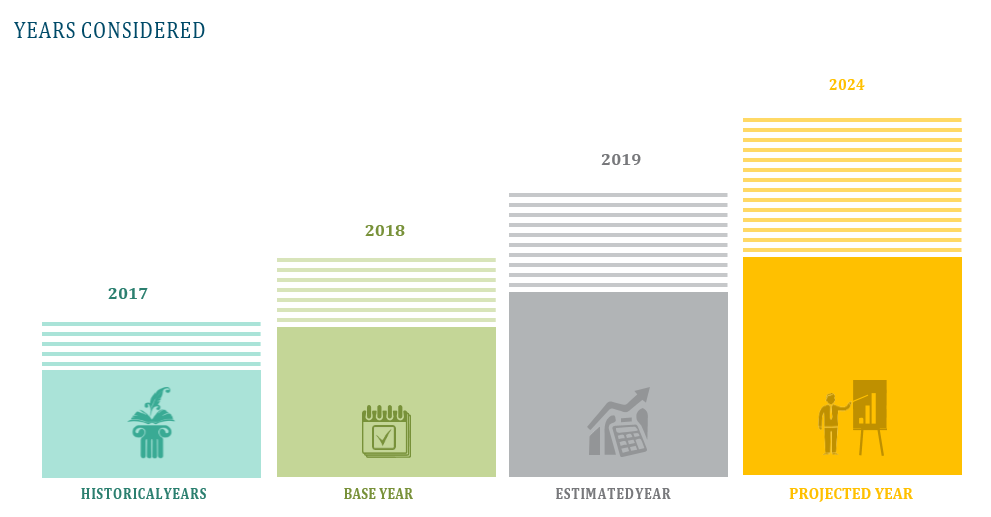


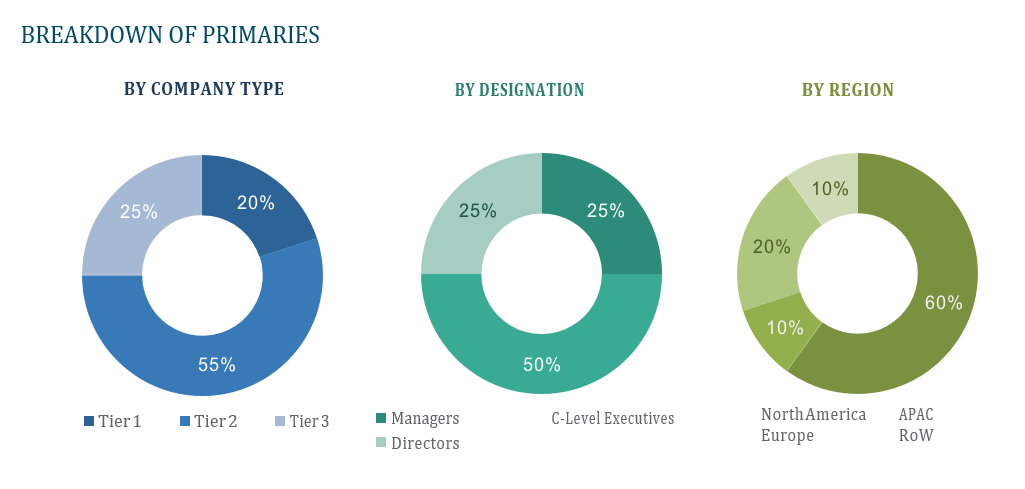
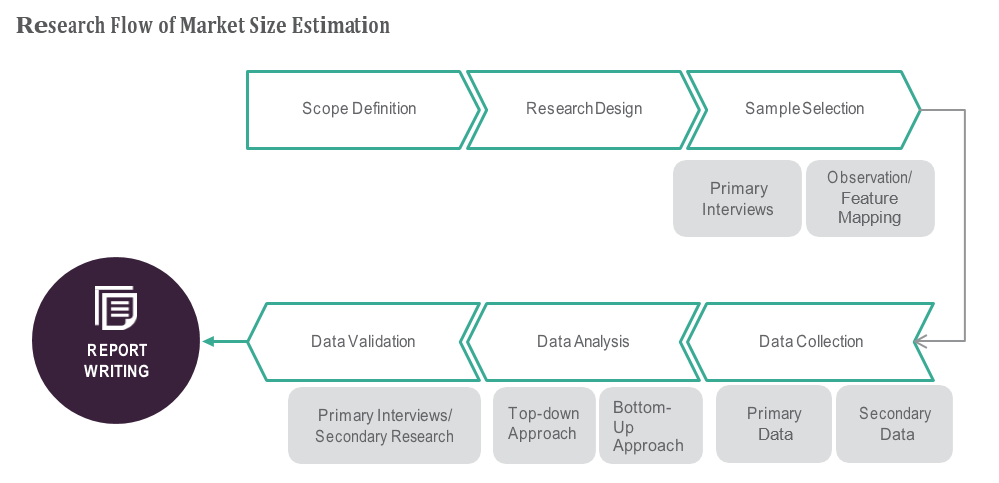

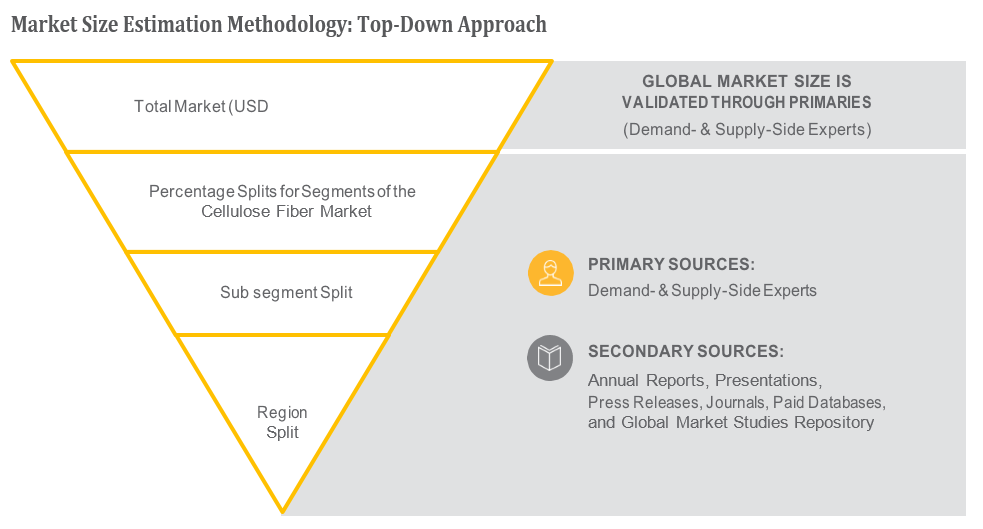
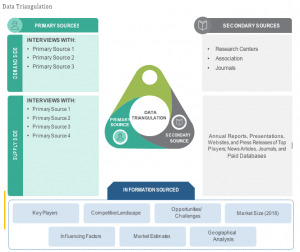
TABLE OF CONTENT
1 Global Pharmacy Automation Market
1.1 Study Objectives
1.2 Market Definition
1.3 Study Scope
1.3.1 Markets Covered
1.3.2 Geographic Scope
2 RESEARCH METHODOLOGY
2.1 Research Data
2.1.1 Secondary Data
2.1.1.1 Key Data From Secondary Sources
2.1.2 Primary Data
2.1.2.1 Key Data From Primary Sources
2.1.2.2 Key Industry Insights
2.1.2.3 Breakdown of Primaries
2.2 Market Size Estimation
2.2.1 Bottom-Up Approach
2.2.2 Top-Down Approach
2.3 Market Breakdown and Data Triangulation
2.4 Research Assumptions
3 Global Pharmacy Automation Market – Executive Summary
3.1 Market Revenue, Market Size and Key Trends by Company
3.2 Key Trends by type of Application
3.3 Key Trends segmented by Geography
4 Global Pharmacy Automation Market – Comparative Analysis
4.1 Product Benchmarking – Top 10 companies
4.2 Top 5 Financials Analysis
4.3 Market Value split by Top 10 companies
4.4 Patent Analysis – Top 10 companies
4.5 Pricing Analysis
5 Global Pharmacy Automation Market – Industry Market Entry Scenario
5.1 Regulatory Framework Overview
5.2 New Business and Ease of Doing business index
5.3 Case studies of successful ventures
5.4 Customer Analysis – Top 10 companies
6 Global Pharmacy Automation Market – Market Forces
6.1 Introduction
6.2 Market Dynamics
6.2.1 Drivers
6.2.2 Opportunities
6.2.3 Challenges
6.3 Porters Analysis of Market
6.3.1 Bargaining power of suppliers
6.3.2 Bargaining powers of customers
6.3.3 Threat of new entrants
6.3.4 Rivalry among existing players
6.3.5 Threat of substitutes
7 Global Pharmacy Automation Market – Strategic Analysis
7.1 Value Chain analysis
7.2 Product Life Cycle
7.3 Supplier and distributor analysis (Market share and product dealing strategies)
8 Global Pharmacy Automation Market – By Product (Market Size – & million/billion)
8.1 Automated Medication Dispensing Systems
8.2 Automated Packaging and Labeling Systems
8.3 Decentralized Automated Dispensing Systems
8.4 Centralized Automated Dispensing Systems
8.5 Automated Medication Compounding Systems
8.6 Automated Storage and Retrieval Systems
8.7 Others
9 Global Pharmacy Automation Market – By End User
9.1 Inpatient Pharmacies
9.2 Outpatient Pharmacies
9.3 Retail Pharmacies
9.4 Home Care Settings
9.5 Others
10 Global Pharmacy Automation Market – By Geography (Market Size – & million/billion)
10.1 Introduction
10.2 North America
10.2.1 US
10.2.2 Canada
10.2.3 Mexico
10.3 Europe
10.3.1 U.K
10.3.2 Germany
10.3.3 Italy
10.3.4 France
10.3.5 Spain
10.3.6 Rest of Europe
10.4 Asia-Pacific
10.4.1 China
10.4.2 Japan
10.4.3 India
10.4.4 South Korea
10.4.5 Rest of APAC
10.5 Rest of the World
10.5.1 South America
10.5.2 Middle East
10.5.3 Africa
11 Global Pharmacy Automation Market – Entropy
11.1 New product launches
11.2 M&A’s, collaborations, JVs and partnerships
12 Global Pharmacy Automation Market Company Profile (Key Players)
12.1 Market Share, Company Revenue, Products, M&A, Developments
12.2 Becton, Dickinson, and Company (BD)
12.3 Omnicell, Inc.
12.4 Baxter International Inc.
12.5 Cerner Corporation
12.6 Kuka Aktiengesellschaft
12.7 Capsa Healthcare
12.8 Parata Systems LLC
12.9 Scriptpro LLC
12.10 Talyst, LLC
12.11 Arxium, Inc.
12.12 Company 11 & more
13 Global Pharmacy Automation Market – Appendix
13.1 Sources
13.2 Abbreviations













